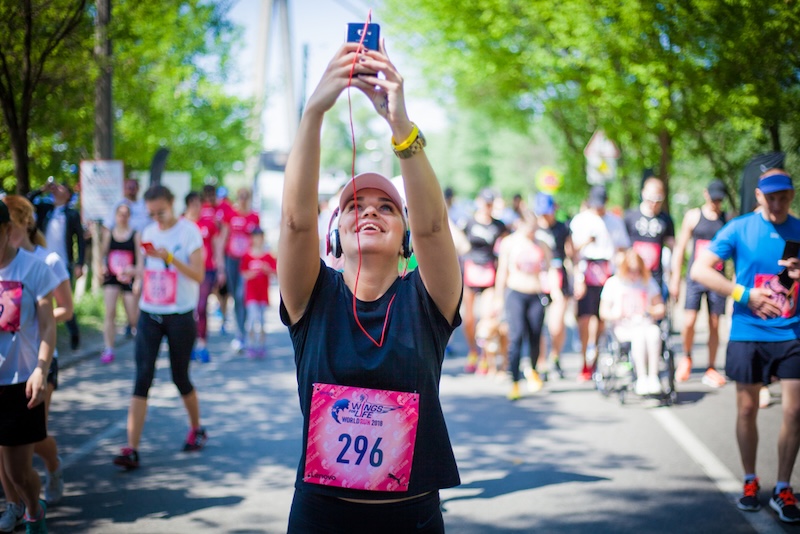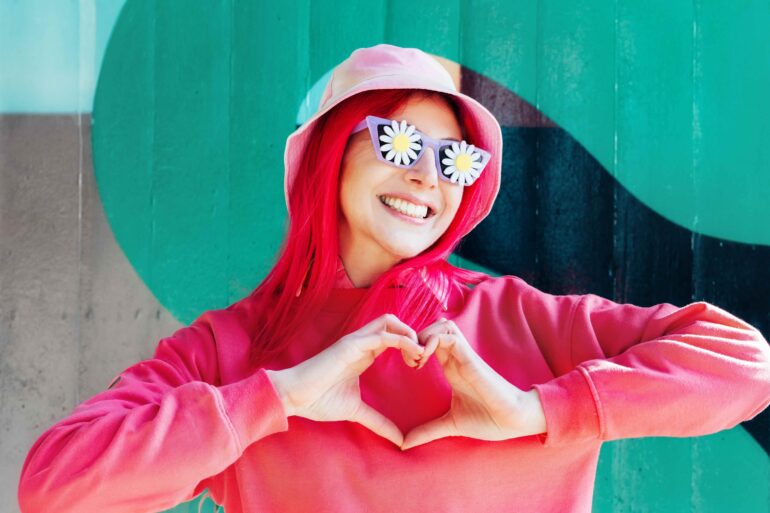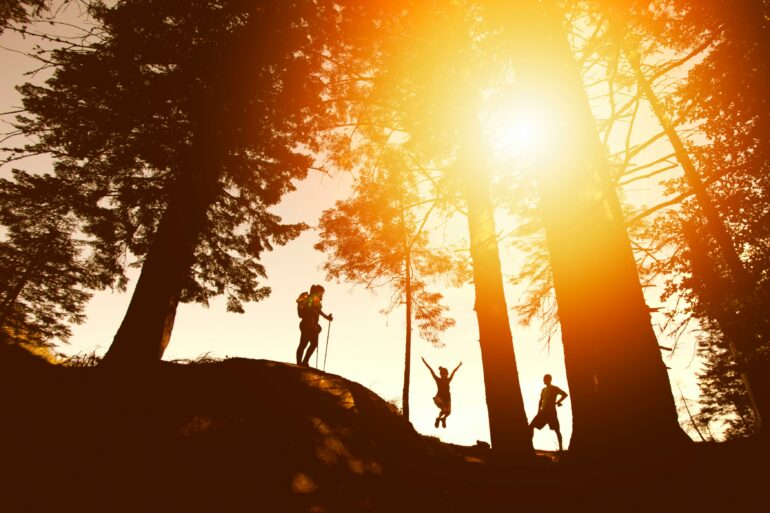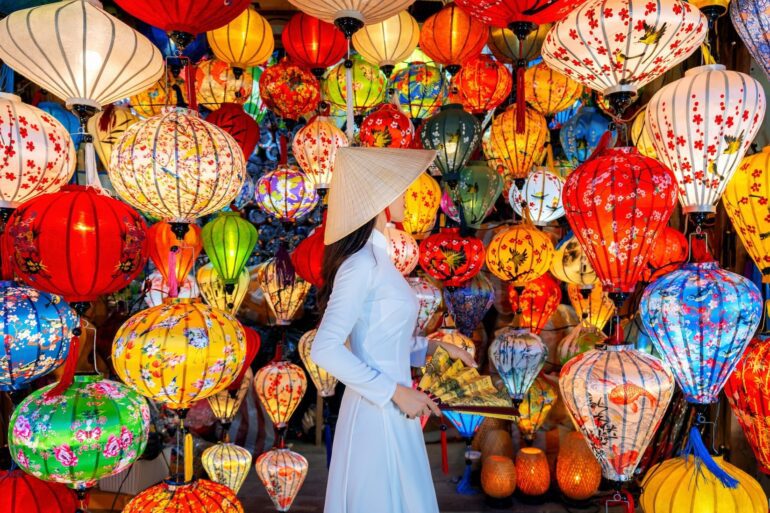Running’s third great boom is here—and Gen Z is setting the pace.
Like many adults with a little too much screen time, I found myself endlessly scrolling through reels and shorts when my feed started suggesting content on running. These videos were mostly by Gen Z influencers covering topics from “Top 5 running shoes to wear” (which almost always end up with Brooks) to “Couch potato to 5K.”
The millennial in me harkens back to the old days of frequenting forums pre-Reddit, and figuring out what the heck was the proper midfoot strike via wikiHow pages.
Sean Ingle, a British journalist and the chief sports reporter of the Manchester-based daily newspaper The Guardian, argues that Gen Z is leading the charge toward running’s third great boom. It’s evident and compelling as the hobby takes a new life, fueled by the motivational and often contagious blend of social media, fashion, and the continuation of the experience economy.
As for myself, I have an on-and-off relationship with running. For one thing, it always seems to find me during opportune moments in life. I started running 12 years ago as my means to cope during a particular period in my life marred with anxiety, uncertainty, and depression.
When I found out my grandmother had passed away, one of the central figures who helped raise me, I felt cheated. She was the only person who supported my desire to write. Without her presence, I felt lost.
I didn’t know how to deal with my grief. I picked up running because staying still became unbearable. So, I ran. No music, no smart watches, and no idea what I was doing. I just laced up my old trainers and went jogging.
Related story: Wimbledon is serving looks—even from the sidelines
Related story: Catch them if you can: Tom & Jerry race into Converse collab
Related story: Pharrell Williams’ Louis Vuitton Buttersoft sneaker is your next favorite shoe
What makes the third boom different?

In 2025, running has supposedly entered its third boom. For someone like me—who first took it up as a personal refuge and a safe space to process thoughts—I’m amazed by how the sport has evolved into so many different facets of culture, particularly Gen Z’s openness to building social connections through it.
According to Strava, a US-based exercise tracking online service, Gen Z is 29% more likely to exercise with others than millennials.
Here in the Philippines, running clubs have begun sprouting left and right, becoming major platforms for meeting new people—a de facto dating app for those who want to be active beyond running. As of this writing, there are close to 100 running clubs across the country, according to the Filipino running site Pinoy Fitness.
Although I’m all for the diversification of running and building connections, I’m on the fence when it comes to running clubs’ post-run “coffee raves.” Seeing a DJ drenched in post-jog sweat, clad in Garmin eyewear, surrounded by neon-wearing patrons drinking coffee in the early morning feels like a surreal clash of worlds.
Despite videos of run clubs doing everything but running—from tattoos to cycling to raves—I don’t doubt that many still advocate for what running has always stood for. At its core, running is a sport that welcomes anyone willing to find structure, discipline, and balance in a life that often feels like it’s moving too fast.
Today’s third boom—no matter the drivers, whether it’s Gen Z or the global running shoe market’s $51.3 billion commercialization—is still about the same rhythm: one step forward, then another.
Because running will always make a comeback—and will always take you back.
The first and second booms
I picked up running in 2013, at the tail end of the second boom (the first being the 1970s and 1980s), according to Ingle. The late 1990s and early 2000s saw the surge of more organized running events. Beyond the traditional marathons of 26.2 miles or 42.2 kilometers, other distance options became accessible with fun runs such as 5K, 10K, and the half marathon. The focus shifted from competition to participation and overall fitness.
However, I would argue that the boom can be traced back even further—to the late 19th century—when a German pedestrian named Fritz Käpernick completed a 600-kilometer race from Berlin to Vienna in three days and 20 hours.
This wasn’t any form of organized competition, but rather a spectacle of sorts, typical of a time when gamblers were fascinated by displays of extraordinary strength such as this one. Käpernick and more on running’s cultural impact can be found in Stephan Oettermann’s Läufer book Runners and Forerunners: Towards a Cultural History of Running (1984).
Related story: From grit to gold and glory: The year in Philippine sports
Related story: Dream come true: EJ Obiena brings world pole vault event to PH
Related story: Meet Alex Eala: Filipina tennis prodigy smashing barriers
Running wasn’t invented exactly in the 1970s. It was just light running or “jogging” as a form of fitness and it wasn’t commonplace among ordinary people back then. In fact, it was so unusual that even the New York Times published a story in 1968 about police officers in New York City issuing a ticket to one Dick Cordier, who was running in Central Park under the charge of “Illegal use of highway.”
Although the introduction of jogging is credited to legendary New Zealand runner Arthur Lydiard, it wasn’t until American coach Bill Bowerman, co-founder of Nike, brought the concept back to the US after joining Lydiard’s Auckland Joggers Club that running truly experienced its first boom.
Running has evolved in more ways than one over the past 50 or so years. It needed a revolution in the ‘70s to help people understand its potential beyond an athlete’s training regimen. Then came the early 2000s, when democratization turned the sport into a hobby for some and a personal journey for others—myself included.
And now, the third great boom of running is here, still welcoming anyone who wants to be part of a community. Because running will always make a comeback—and will always take you back.








